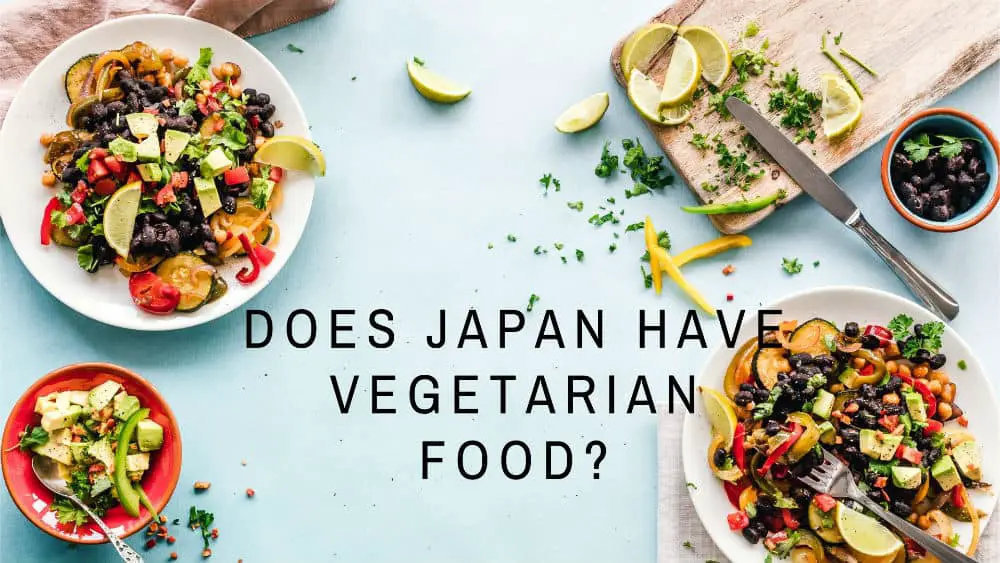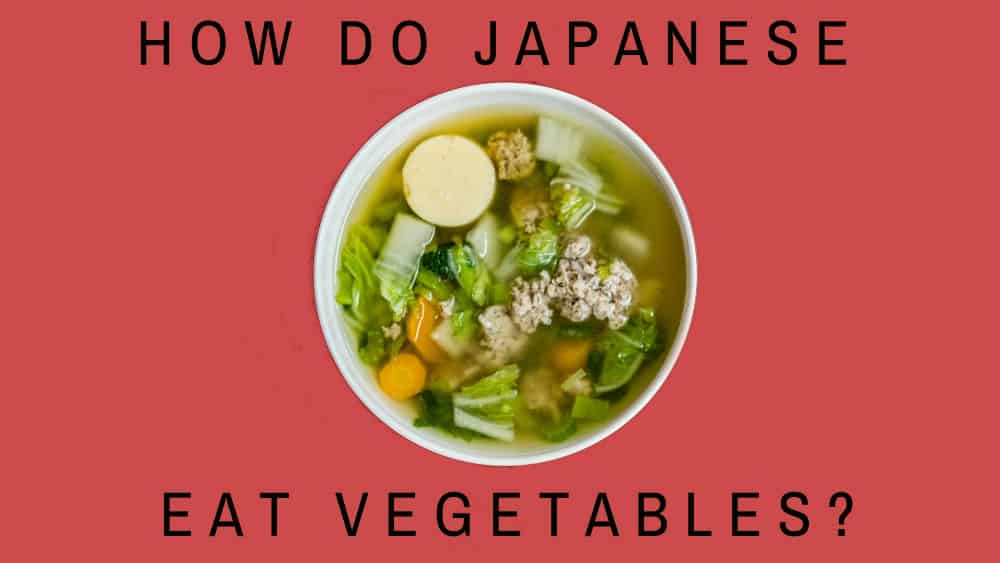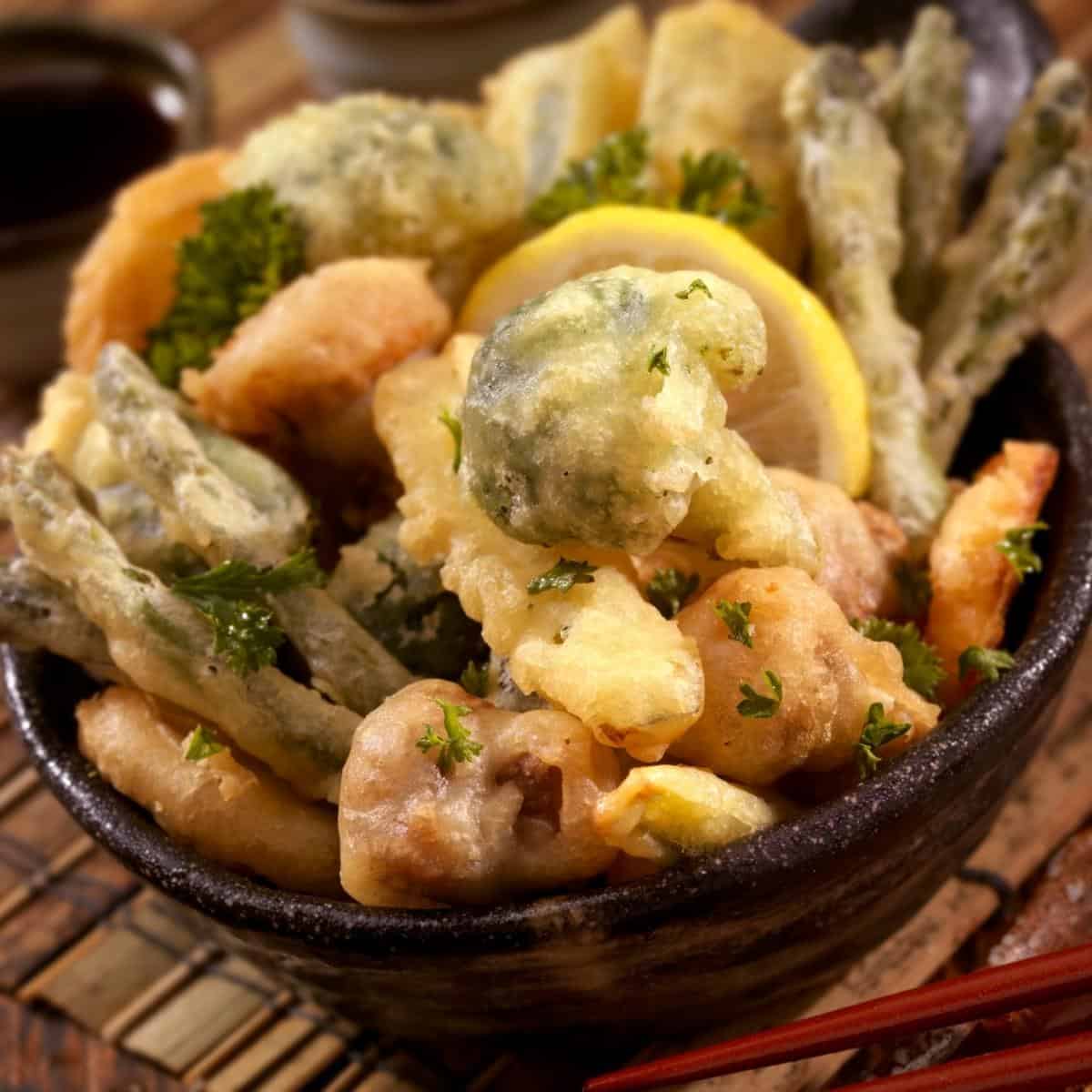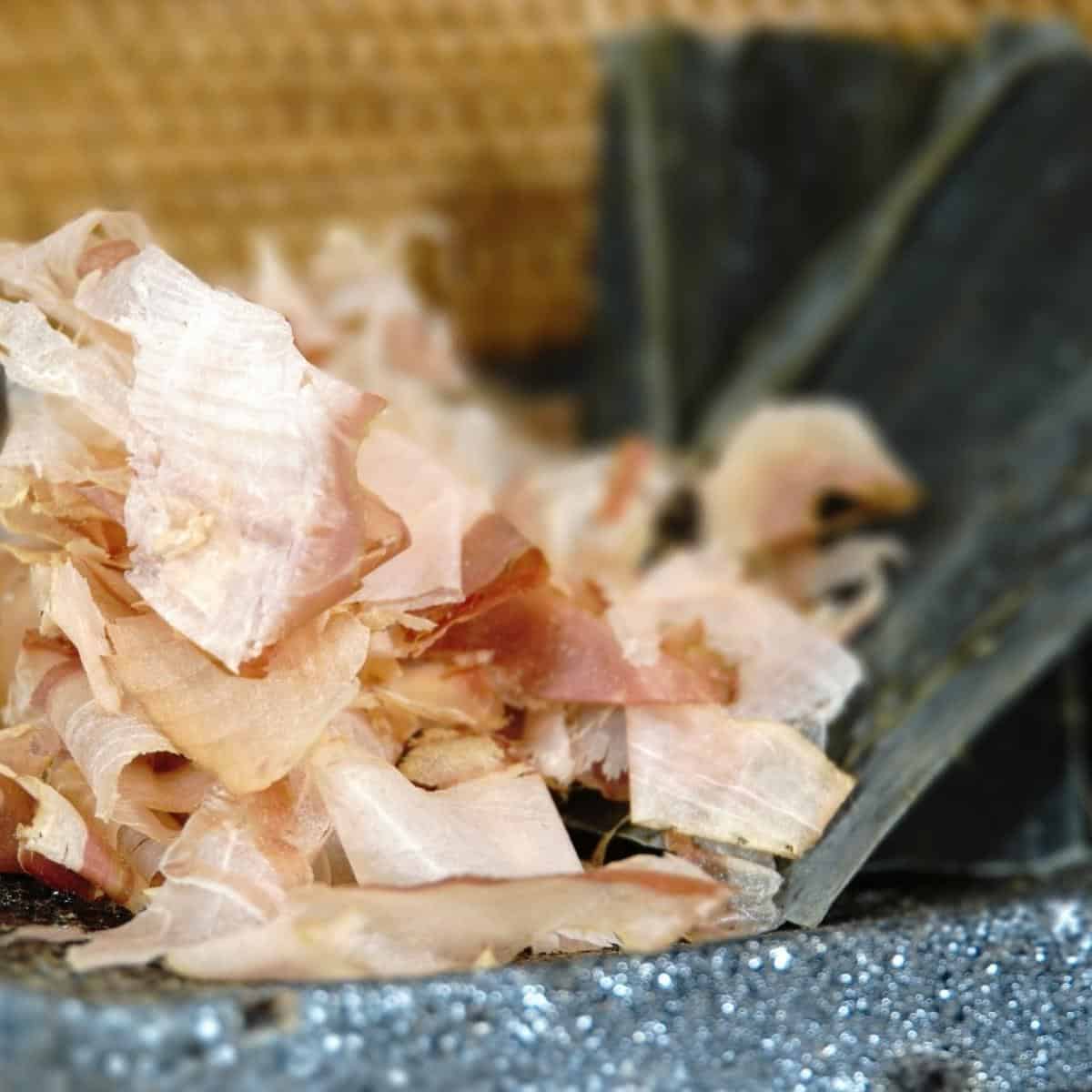Vegan in Japan: Does Japan Have Vegetarian And Vegan Food?
Since some of you asked us some questions around Japanese vegetables, we thought we would answer the most common ones, right here in the post:

Check out our new cookbook
Bitemybun's family recipes with complete meal planner and recipe guide.
Try it out for free with Kindle Unlimited:
Read for freeIn this post we'll cover:
Does Japan have vegetarian and vegan food?

Traditionally, no.
But they do have a heavy focus on steamed vegetables in their dishes, and since a lot of meals consist of the main platter of rice and a lot of side dishes, you could choose to eat only rice and the side dishes that are vegetarian.
A lot of restaurants in Japan are starting to become more vegetarian focused.
What vegetables do Japanese people eat?

- Kabocha: a sort of Squash
- Negi: which is like a Japanese Green Onion
- Daikon: Mooli
- Shiso: Perilla
- Naga-imo: Japanese Mountain Yam
- Renkon: which is Lotus Root
- Takenoko: Bamboo Shoots
- Wasabi
How do Japanese eat vegetables?

The vegetables are usually side dishes with steamed or grilled vegetables.
In Japan, you have a small bowl of rice or dashi or miso broth and you eat together from several side dishes of meats and vegetables that are set on the table.
Is vegan food common in Japan?
No, not really. While veganism and vegetarianism are gaining popularity in certain parts of the world, it’s still not that common in Japan. This is due in part to the fact that Japanese cuisine traditionally relies heavily on meat and fish. Even stocks and sauces usually contain some animal products.
It is becoming more and more known though and you can find good restaurants in the bigger cities.
It can be, depending on where you are and what you’re looking for. In general, the further away from Tokyo and Kyoto you get, the harder it becomes to find vegan food. This is because there are fewer restaurants that cater to vegans and because veganism is still not that well-known or understood.
That being said, it is definitely possible to be vegan in Japan. With a bit of research and patience, you can find plenty of delicious vegan food to eat. You might just have to look a little harder for it!
What Japanese dishes are vegan?
There are actually quite a few Japanese dishes that are naturally vegan or can easily be made vegan.
Soba and udon noodles, for example, are typically made with only buckwheat or wheat flour, water, and salt.
Tempura, a popular dish of fried vegetables or seafood, can also be made without the use of any animal products. And of course, there are always plenty of vegetable-based dishes to choose from.
Yes, tempura can be vegan friendly! Tempura is a popular dish of fried vegetables or seafood, but it can be made without animal products. To make vegan tempura, simply substitute seafood for your favorite vegetables. There already are a lot of vegetables on the tempura menu, so that shouldn’t be a problem.
Miso soup is most often not vegan. Miso paste, the main ingredient, is made from fermented soybeans and rice or barley and is vegan, but miso soup also contains dashi, which is often made with katsuobushi, which are fish flakes from the bonito.
Conclusion
So if you’re vegan and traveling to Japan, don’t worry – you’ll still be able to enjoy some delicious food! Just do a bit of research beforehand so you know what to look for.
Check out our new cookbook
Bitemybun's family recipes with complete meal planner and recipe guide.
Try it out for free with Kindle Unlimited:
Read for freeJoost Nusselder, the founder of Bite My Bun is a content marketer, dad and loves trying out new food with Japanese food at the heart of his passion, and together with his team he's been creating in-depth blog articles since 2016 to help loyal readers with recipes and cooking tips.
